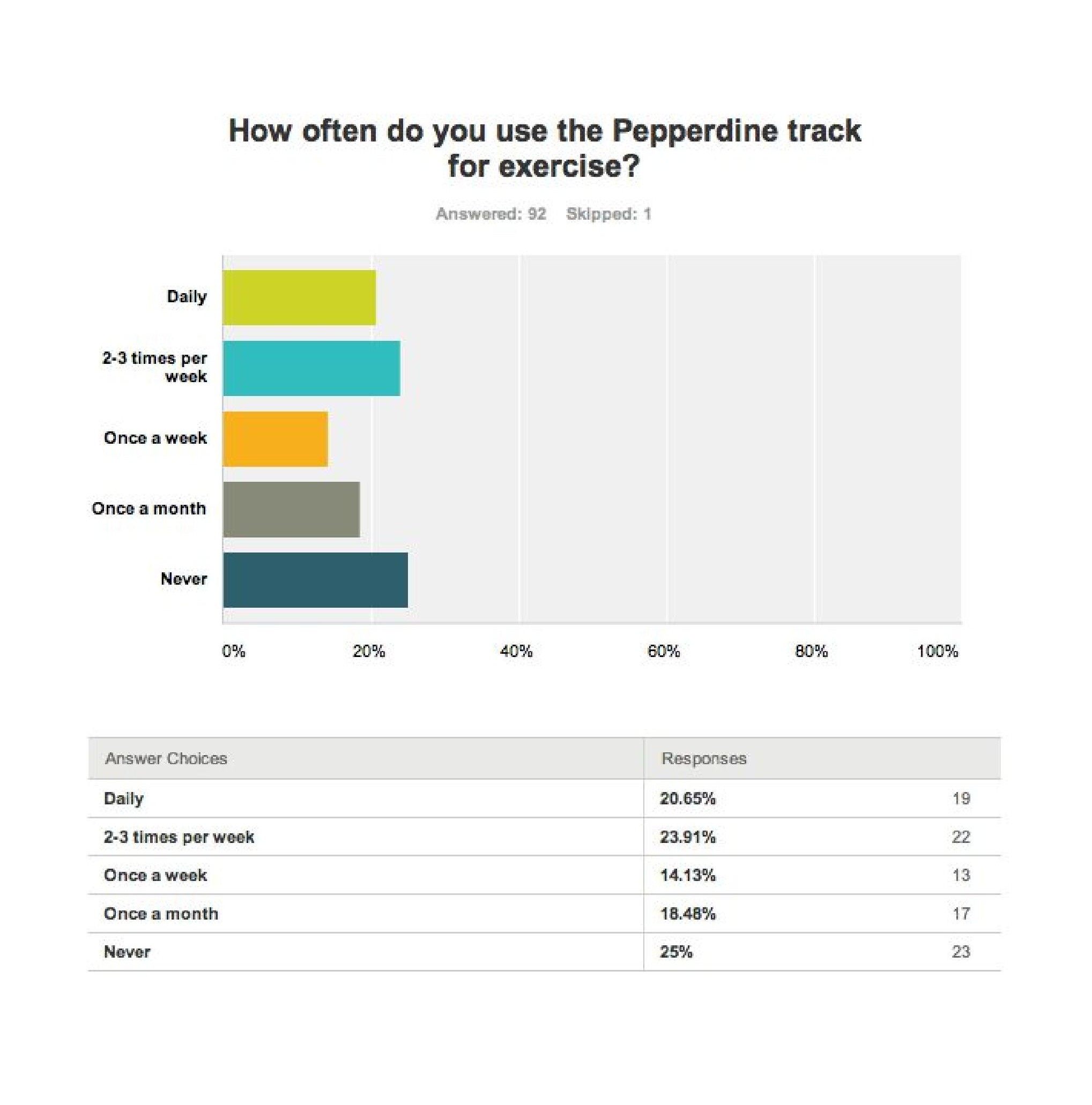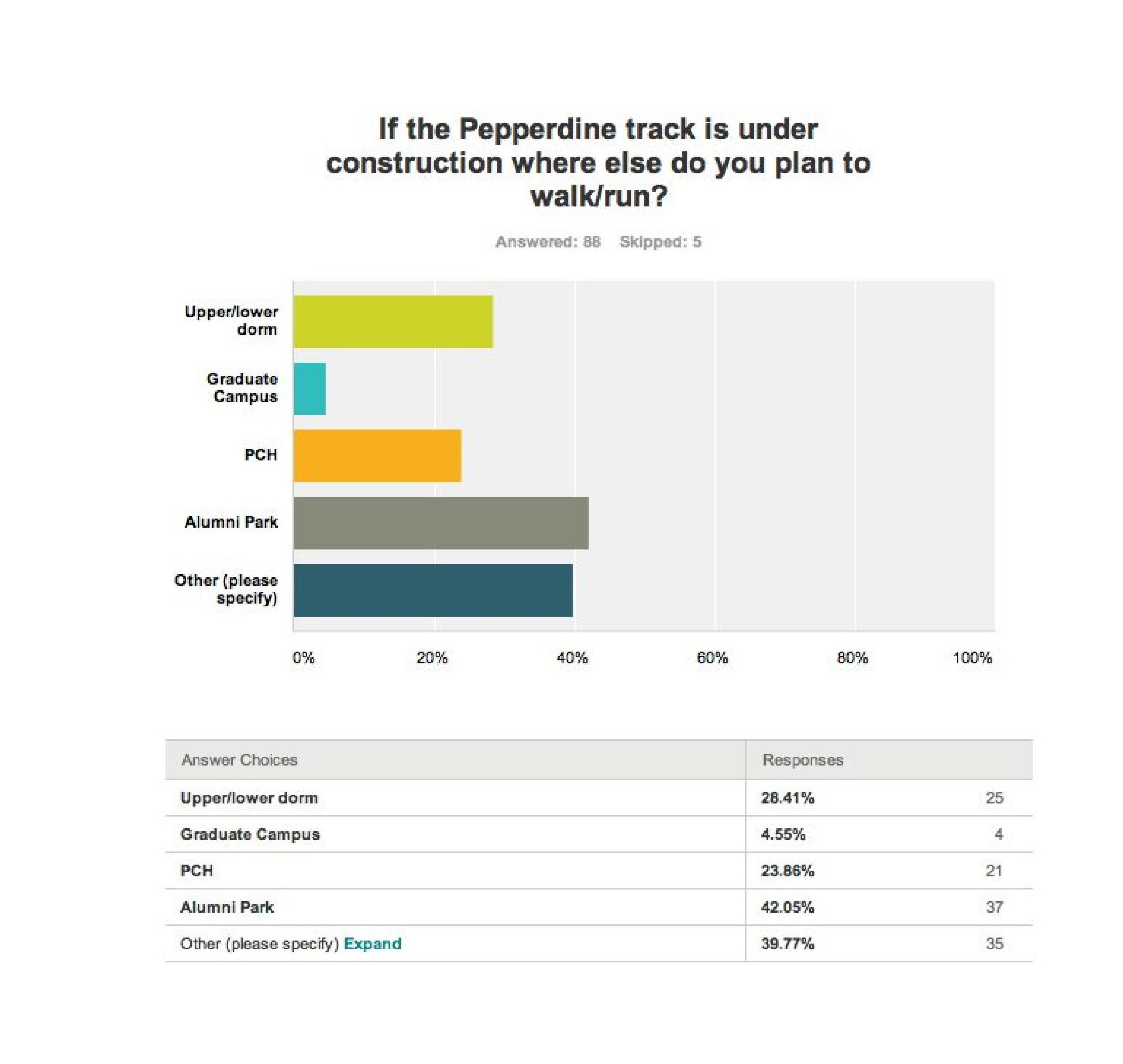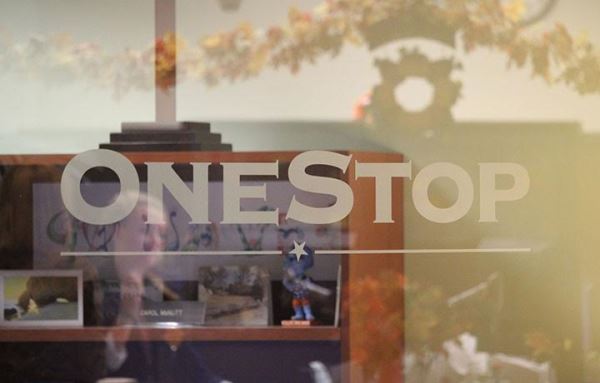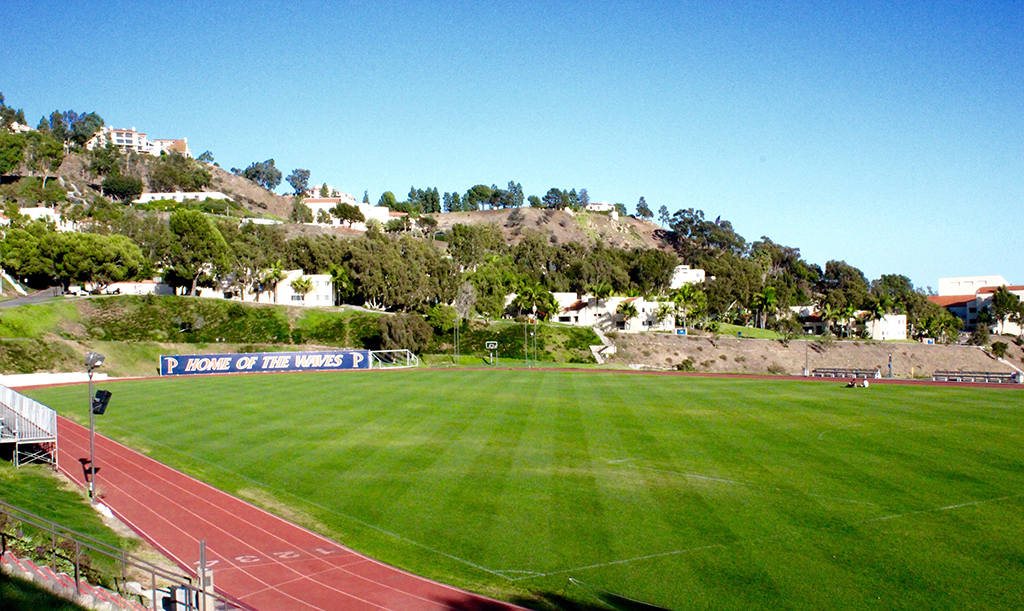
The Pepperdine track and cross-country team is saying goodbye to four lanes of the track in order to clear more room for the soccer field.
The controversial decision, bemoaned by track and cross-country team members as well as students who use the track for fitness, will make the soccer field regulation size, allowing the women’s team to hold matches at home.
“We have incredible student athletes in women’s soccer and they need more room to use their talent,” Director of Athletics Steve Potts said. “Our current soccer field barely meets the minimum requirement for a regulation size soccer field. We have teams that will not come and play us here because they don’t feel our field is big enough.”
Removing four lanes from the track will also make the soccer field safer, Potts said, as the current out-of-bounds line is up against the track.
“If you’re a soccer player going full speed and you go beyond the out of bound lines, it’s very unsafe,” Potts said.
The decision, however, devastated members of the track and cross-country team.
“When it was announced in a staff meeting it was like I was kicked in the gut,” track and cross-country Head Coach Robert Radnoti said. “It hurts a lot. I can’t deny that, and I don’t want to sugarcoat it in any way.”
The coed track and cross-country team is composed of 26 women and five men. Swimming, track and cross-country do not have rankings. The 18-member women’s soccer team was ranked eighth going into the season and came out 22nd postseason.
“Part of Andrew Benton’s vision was to make sure that our fully-funded teams are at the national level, and we are not a fully-funded team and soccer is,” Radnoti said. “We’re excluded from that vision and obviously that’s very sad for me.”
Radnoti said he was glad the team got to use the track while they did.
“We had a great facility here,” Radnoti said. “Soccer needs a wider field and you can’t make a wider field without destroying the track.”
Women’s soccer coach Tim Ward said he was thrilled with the choice.
“I really appreciate the Athletics department’s support,” Ward said. “I’m confident that this decision will help us to continue to attract excellent soccer players. We really want to thank President Benton and Dr. Potts for making this possible.”
Track athletes said they felt their needs were pushed aside in the decision.
“In general it dismisses the importance of the track team,” said Dyer Bowers, a freshman on the track team majoring in music. “I think it degrades the value of the team and sends a message that this branch of athletics isn’t as important.”
Freshman cross-country runner Chris Hostetler agreed.
“It is hard to know the school has faith in our program since the lanes were so easily whisked away from us,” said Hostetler, a political science and business major. “And it’s hard to build a cross-country and track program around a broken and dysfunctional track.”
In the long run, however, Hostetler said he felt the decision was made with the broader athletic program in mind.
“As a team, it’s nice that we had the track for the time that we did,” Hostetler said. “It hurts, but we are looking forward to the progression of the athletic department as a whole.”
For the women soccer players, the newly extended field will be a huge breakthrough.
“Right now our field size is under regulation,” said Mandy Davis, a freshman on the women’s soccer team majoring in business marketing. “Having more space is huge for practice, because it makes the game more realistic.
“Our coach is really happy about it and he’s wanted it to happen for a while,” Davis continued. “Our soccer team has gone up in rankings and has become more of a priority at the school, and that’s something we want to continue.”
The field will be off limits during construction, which will force the team to practice at the beach and Alumni Park, Davis said. During the offseason, soccer has approximately three home games. During the season, the team usually has one home game per weekend.
These home games will be sure to attract student viewers, especially with a renovated soccer field, but not without a cost.
“The athletes that chose Pepperdine over scholarship offers from other schools are especially outraged at the idea of the quality of the track being compromised in favor of another sport,” said Brynn Henderson, a freshman on the track team majoring in media production and sports administration.
While they will not lose their sport or their scholarships, Henderson said the quality of their training could be greatly compromised. Construction will also interrupt their current season.
“It shouldn’t affect how much we practice,” Henderson said. “But now, we’re just going to be running on the grass and dirt.”
The track team is also unhappy that the construction project doesn’t include improving the condition of the track, which is concrete and cement with a thin rubber lining, Henderson said.
“Removing these particular lanes from the track will alter the shape and distance of the track,” Henderson said. “The current 400-meter length of the track is the standard prototype for tracks. The new version of the track will be longer and unsuitable for timed workouts of certain distances.”
Radnoti said if construction commences April 1 as planned, he was unsure where the team would practice.
“We’re still in season, so I’m hoping they will delay the start of the construction at least until we complete our season,” Radnoti said. “This is about a six-to-eight-week construction time frame and I know it is going to be finished by the beginning of August in time for the soccer season to start.”
Potts said the track team still remained a priority for the Athletics department.
“We are going to do everything we can to make sure this doesn’t undermine the track team,” Potts said. “But sometimes you have to make decisions that benefit one athletic program and may not be the best for another.
“I hate to lose four lanes of the track, but this is the only way we can do it,” Potts continued. “There will still be four lanes left and there will still be room for students to walk and run.”
Ashlyn Rawls, a freshman cross-country runner majoring in biology, said she was disappointed with the choice, but felt this modification could be the beginning of something greater for the team.
“It will make it more difficult to practice, and if they take out the inside lane we might have to re-mark the track,” Rawls said. “Maybe this will help push them to eventually build a new track or recover the track.
“I’m hoping this is just temporary and not the final word,” Rawls continued.
The reduced track is also a hit for students who use it for fitness.
“I love to run on the track to work out,” Allison Slattery, a freshman music and theater major, said. “Losing these lanes will limit the students who use the track as a healthy outlet.”
In an informal survey with 90 Pepperdine students, approximately 20 percent said they use the track on a daily basis and approximately 25 percent said they use the track two to three times per week on average. Some 35 percent said they walk the track on a weekly basis.
Approximately half of students surveyed said the renovations to the track were unnecessary. When asked if they thought the soccer field needed expansion, only 26 percent of students said yes.
Construction is set to commence April 1. The track and soccer field will be off limits to students and athletes while construction is under way.
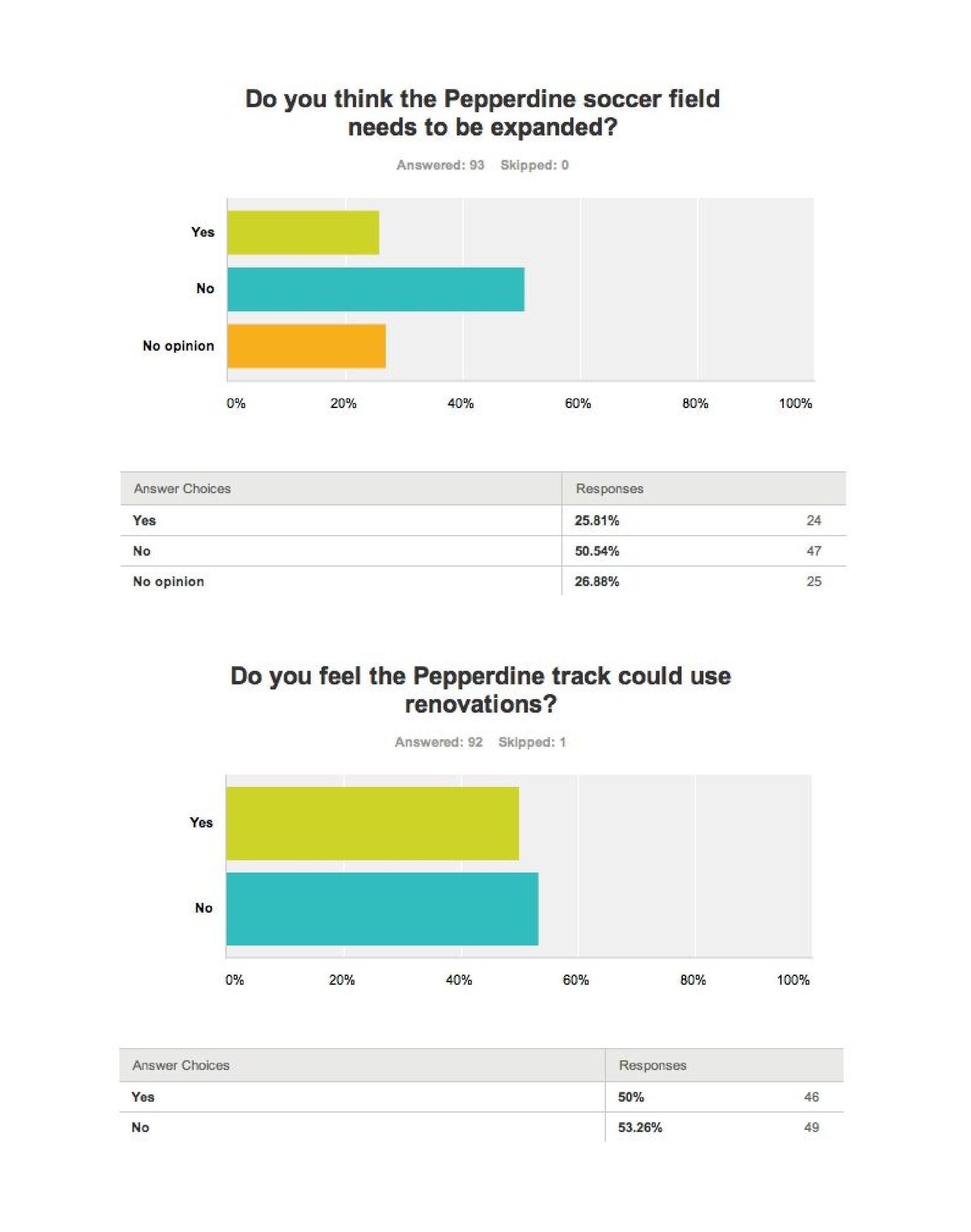
Shayla Girardin completed this story in Dr. Christina Littlefield’s spring 2013 Jour 241 class.

